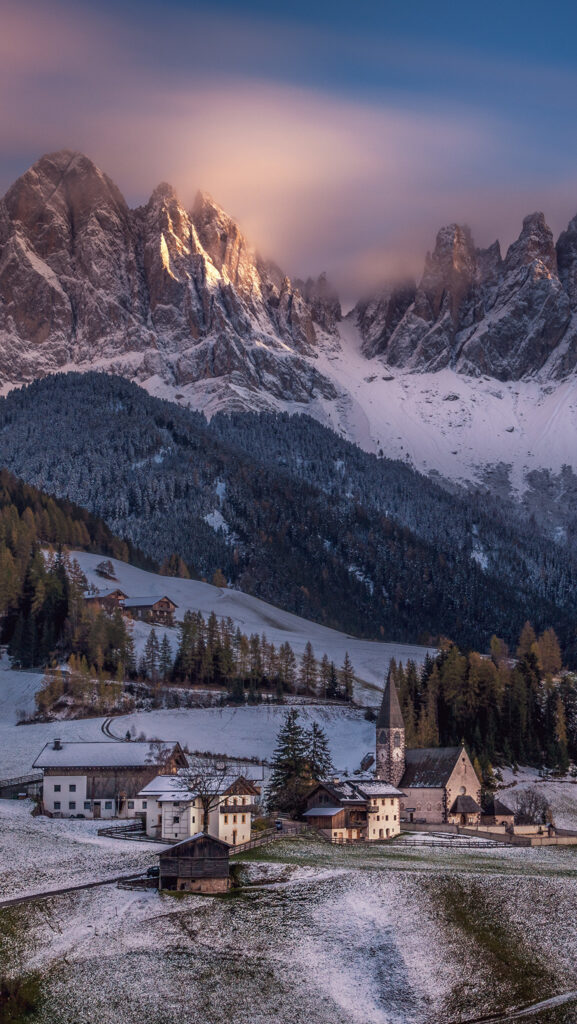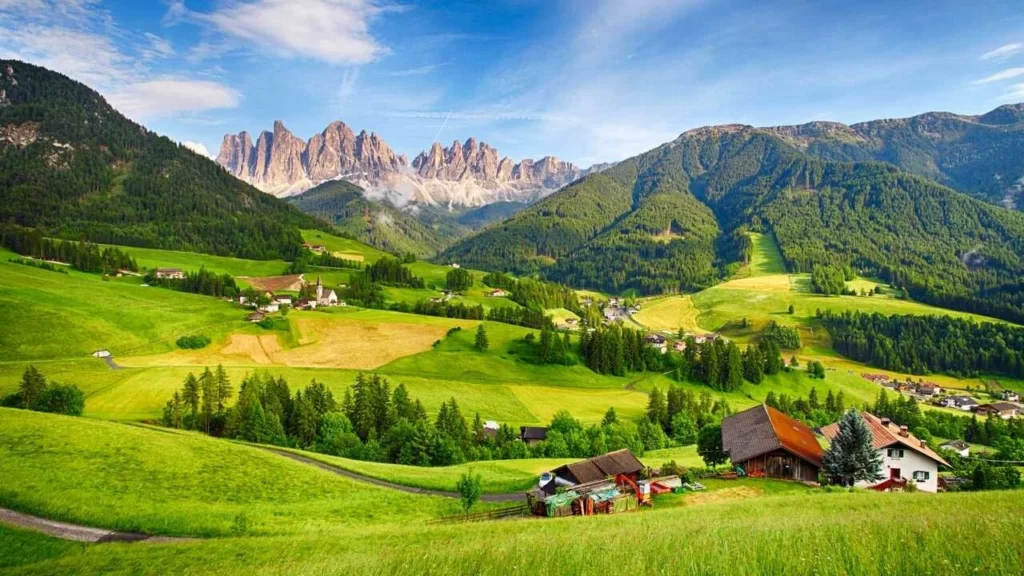Nestled high in the Italian Alps are ghost villages—abandoned mountain hamlets where time seems to have stood still. Once bustling with life, these villages were gradually deserted as residents moved to cities in search of better opportunities. Today, they stand as silent witnesses to a bygone era, with crumbling stone houses, overgrown pathways, and empty churches telling stories of a different time.
One such village is Craco in the Basilicata region, which was abandoned after a series of natural disasters, including landslides and earthquakes, made it unsafe for habitation. Now, it serves as a hauntingly beautiful destination for curious travelers and filmmakers alike. Similarly, the village of Curon in South Tyrol was submerged in 1950 to create a hydroelectric plant, leaving only the church bell tower rising eerily from the waters of Lake Resia.
These ghost villages, scattered throughout the Alps, offer a unique glimpse into the past. Walking through them, one can imagine the daily lives of the people who once lived there—their traditions, struggles, and celebrations. The quietude of these places contrasts sharply with the vibrant history they hold, making them a fascinating subject for historians, photographers, and adventurers.
Efforts are being made to preserve some of these villages, turning them into open-air museums or using them as locations for cultural events. Yet, many remain untouched, allowing nature to slowly reclaim them. The ghost villages of the Italian Alps are more than just abandoned places—they are living remnants of history, reminding us of the impermanence of human settlement and the enduring power of nature.

